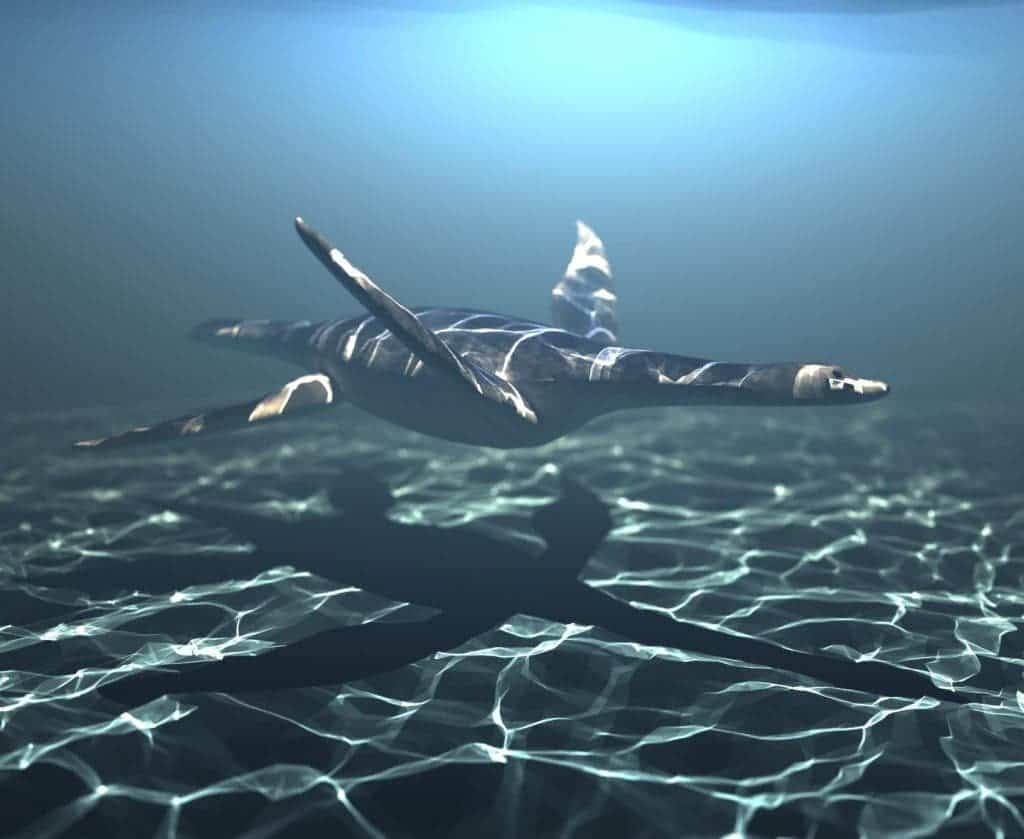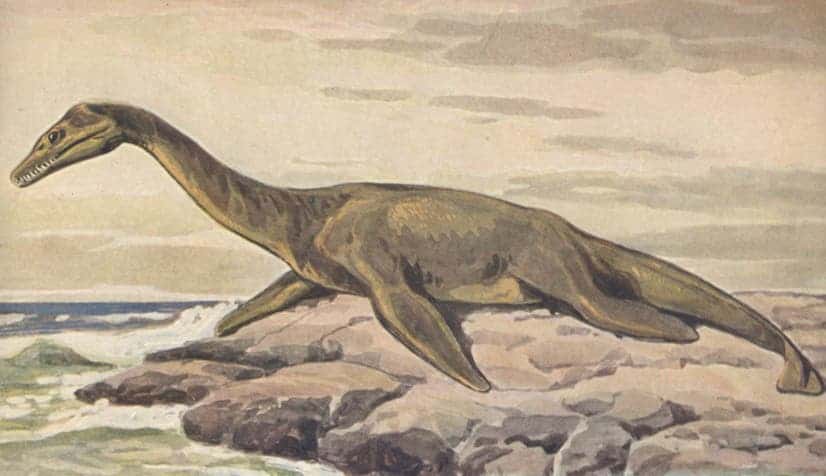Since the first plesiosaur complete skeleton was discovered in 1824, scientists have been debating how on Earth this reptile used four flippers to swim. The puzzle has finally been broken by a team of computer scientists and paleontologists who found the plesiosaur two front flippers in an underwater flight motion, similar to that of a penguin.

The team was led by Greg Turk from the Georgia Institute of Technology, in collaboration with paleontologist Adam Smith at Wollaton Hall, Nottingham Natural History Museum. Together, they performed thousands of computer-aided simulations which used trial and error to find the most efficient swimming patterns for a four-flippered body. Their simulations were ran based on Meyerasaurus, a plesiosaur species. This is how they eventually found out the ancient apex predator which virtually had no competition for 135 million years used its forward flippers like a penguin does today. Some might think four flippers are better than two in terms of speed. In fact, the back flippers helped little with forward speed. Instead, the researchers believe based on their simulations that these were more likely used as for steering and stability.
” ‘Two paddles fast, four paddles faster’ — that was my naive thinking” at the start of the study, said co-author Greg Turk. “It’s the front limbs that seem to do all the work” – at least for casual swimming.
“Maybe the rear flippers moved together with the front flippers occasionally to provide an unsustainable burst of thrust, to lunge at a prey, for example,” said Turk’s co-author Adam Smith.
“Plesiosaur swimming has remained a mystery for almost 200 years, so it was exciting to see the plesiosaur come alive on the computer screen” said Smith.
“Our results show that the front limbs provide the powerhouse for plesiosaur propulsion while the hind limbs are more passive” he added.
The plesiosaurus was one of the largest aquatic animals and lived throughout the Cretaceous period. It grew up to twenty three meters long, making it among some of the largest sea creatures. Their hallmark feature were, of course, the four flippers. Though many illustrations of this animal show a swan like neck, its neck was actually too long for this to be accurate since the blood would not be able to flow from its heart to its head. It was one of the (if not the) largest aquatic carnivores, and would have to eat an abundance of food to sustain its girth.

The plesiosaur is not actually a dinosaur, but a sauropterygian. If you find this marine reptile familiar, that’s because a lot of illustrators portray the modern day myth of a Loch Ness monster as a plesiosaurus.
Was this helpful?



